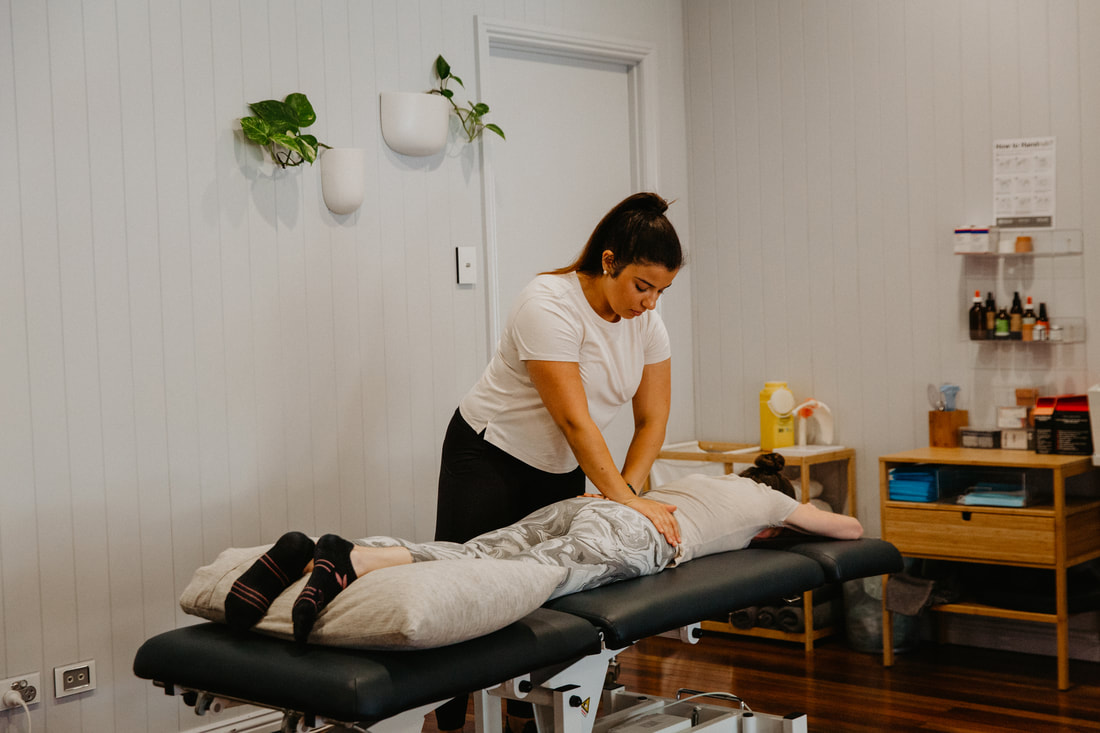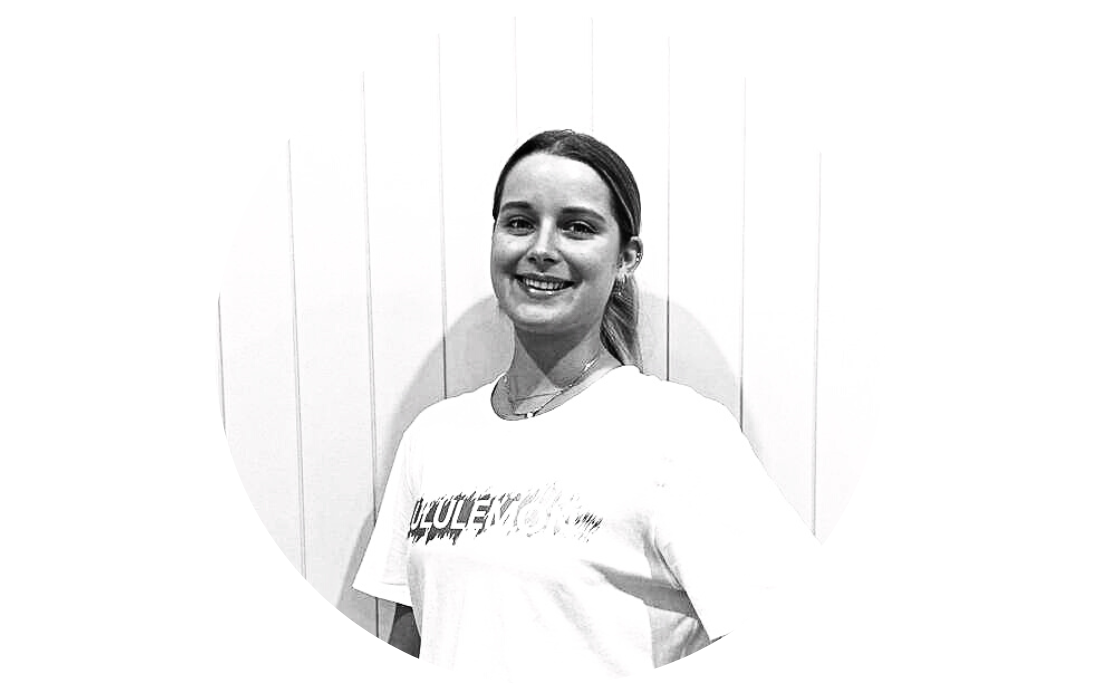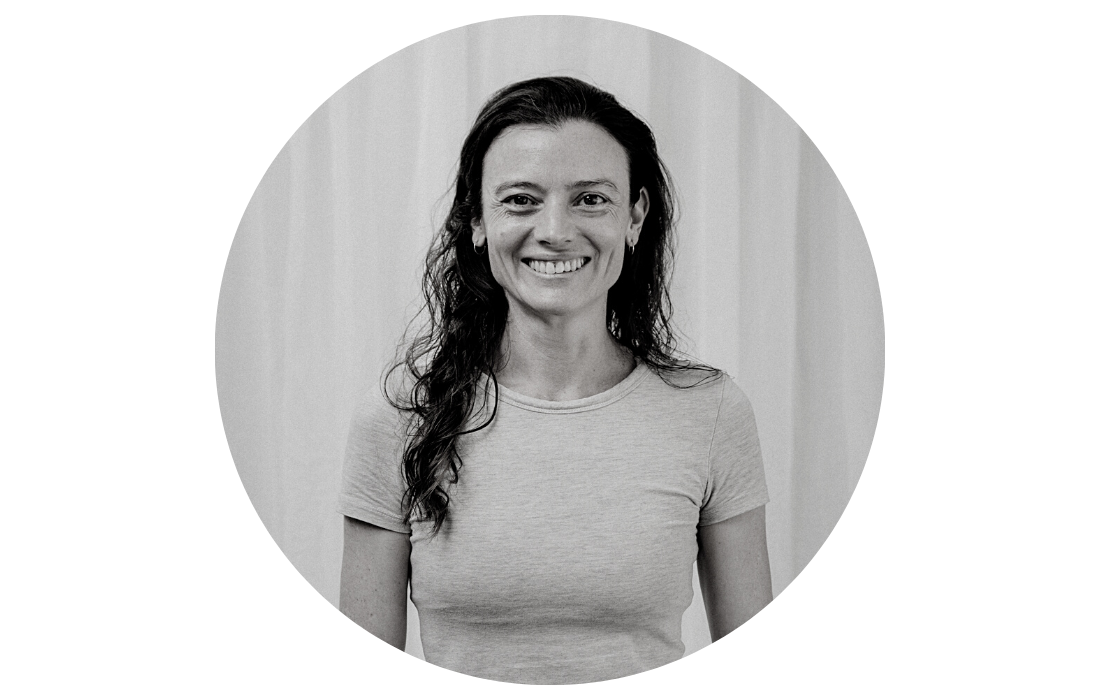Sports injury physiotherapy for powerlifters.
Introduction to Powerlifting and the Role of a Specialised Physiotherapist
Powerlifting is a strength sport that consists of three lifts: the squat, bench press, and deadlift. It emphasizes maximal strength, with athletes striving to lift as much weight as possible in each discipline. This sport requires not only immense muscular strength but also precise technique, mental resilience, and a high degree of physical conditioning.
Key Aspects of Powerlifting:
The Importance of a Physiotherapist Specialised in Powerlifting:
What Are Common Injuries Among Powerlifters?
Powerlifting, centered around heavy weightlifting, often leads to specific types of injuries:
How Can Powerlifters Prevent These Injuries?
Injury prevention is key for powerlifters:
What Physiotherapy Treatments Are Effective for Powerlifting Injuries?
Physiotherapy is crucial in treating and managing injuries in powerlifting:
When Should a Powerlifter Consult a Physiotherapist?
Professional guidance is recommended in various scenarios:
How Can Physiotherapy Help in Long-Term Injury Prevention for Powerlifters?
Long-term injury prevention is essential for powerlifters:
What Recovery Strategies Should Powerlifters Employ?
Effective recovery strategies are crucial for powerlifters:
If you have been injured during powerlifting, there are many things that our Tarragindi physiotherapists can do to help get you back to being sport ready and active again so come in and speak to our friendly physiotherapists today! Feel free to give our Tarragindi Physiotherapy clinic a call on 07 3706 3407 or email [email protected]
Powerlifting is a strength sport that consists of three lifts: the squat, bench press, and deadlift. It emphasizes maximal strength, with athletes striving to lift as much weight as possible in each discipline. This sport requires not only immense muscular strength but also precise technique, mental resilience, and a high degree of physical conditioning.
Key Aspects of Powerlifting:
- Focus on Maximal Strength: Powerlifters train to achieve the highest possible load in each of the three core lifts.
- Technique and Form: Proper lifting technique is crucial to both maximize performance and minimize the risk of injury.
- Intense Training Regimen: Powerlifters often engage in rigorous training schedules, which can put significant strain on muscles, joints, and connective tissues.
The Importance of a Physiotherapist Specialised in Powerlifting:
- Injury Prevention and Rehabilitation: A physiotherapist with experience in powerlifting can provide targeted strategies for injury prevention and effective rehabilitation plans, tailored to the heavy lifting and specific movements of the sport.
- Performance Optimization: Understanding the biomechanics of the squat, bench press, and deadlift, a physiotherapist can assist athletes in refining their techniques and enhancing their overall strength and performance.
- Recovery and Conditioning Advice: Specialized physiotherapists can offer guidance on conditioning exercises, recovery techniques, and load management essential for powerlifting athletes to maintain their fitness and prevent injuries.
What Are Common Injuries Among Powerlifters?
Powerlifting, centered around heavy weightlifting, often leads to specific types of injuries:
- Lower Back Pain: Common due to the stresses placed on the back during squats and deadlifts.
- Shoulder Injuries: Including rotator cuff strains and impingements, often from bench pressing.
- Knee Injuries: Such as patellar tendinitis, resulting from the heavy loads in squatting.
- Wrist Strains: Due to the grip and wrist position in lifts.
- Muscle Strains and Tears: Particularly in the hamstrings, quadriceps, and pectorals, from lifting heavy weights.
How Can Powerlifters Prevent These Injuries?
Injury prevention is key for powerlifters:
- Proper Lifting Technique: Mastery of form in all three lifts to minimize stress on the body.
- Strength and Conditioning Training: Building balanced muscular strength to support heavy lifting.
- Adequate Warm-Up and Mobility Work: To prepare the body for lifting and improve joint range of motion.
- Appropriate Load Management: Gradual progression in weight to avoid overloading muscles and joints.
- Rest and Recovery: Ensuring sufficient recovery time between intense training sessions.
What Physiotherapy Treatments Are Effective for Powerlifting Injuries?
Physiotherapy is crucial in treating and managing injuries in powerlifting:
- Manual Therapy: Including massage, joint mobilization, and stretching to alleviate pain and improve mobility.
- Tailored Exercise Rehabilitation: Specific exercises to strengthen and rehabilitate injured areas.
- Biomechanical Analysis: Assessing lifting techniques to identify and correct improper form.
- Pain Management Techniques: Utilizing modalities like ice therapy, heat therapy, or TENS.
- Injury Prevention Education: Providing guidance on safe lifting practices and conditioning.
When Should a Powerlifter Consult a Physiotherapist?
Professional guidance is recommended in various scenarios:
- Post-Injury: For an accurate diagnosis and a comprehensive rehabilitation plan.
- Persistent Pain or Discomfort: Especially if it affects lifting performance or daily activities.
- Technique Improvement: To enhance lifting techniques and reduce injury risk.
- Preventive Measures: Learning effective methods to minimize the risk of future injuries.
How Can Physiotherapy Help in Long-Term Injury Prevention for Powerlifters?
Long-term injury prevention is essential for powerlifters:
- Personalized Exercise Programs: Focused on the specific needs of powerlifters, considering strength, flexibility, and lifting technique.
- Regular Physical Assessments: To monitor progress and adjust training accordingly.
- Movement Technique Analysis: Enhancing lifting techniques to reduce injury risk.
- Nutritional and Lifestyle Advice: To support overall health and enhance lifting performance.
What Recovery Strategies Should Powerlifters Employ?
Effective recovery strategies are crucial for powerlifters:
- Active Recovery: Engaging in light activities to promote circulation and muscle recovery.
- Nutrition and Hydration: Key for muscle repair and maintaining energy levels.
- Adequate Sleep: Critical for physical and mental recovery.
- Stress Management: Utilizing relaxation techniques to maintain a healthy mental state.
If you have been injured during powerlifting, there are many things that our Tarragindi physiotherapists can do to help get you back to being sport ready and active again so come in and speak to our friendly physiotherapists today! Feel free to give our Tarragindi Physiotherapy clinic a call on 07 3706 3407 or email [email protected]
Who to book in with:
Yulia Khasyanova
|
Zoe Harden
|
Emma Cameron
|



